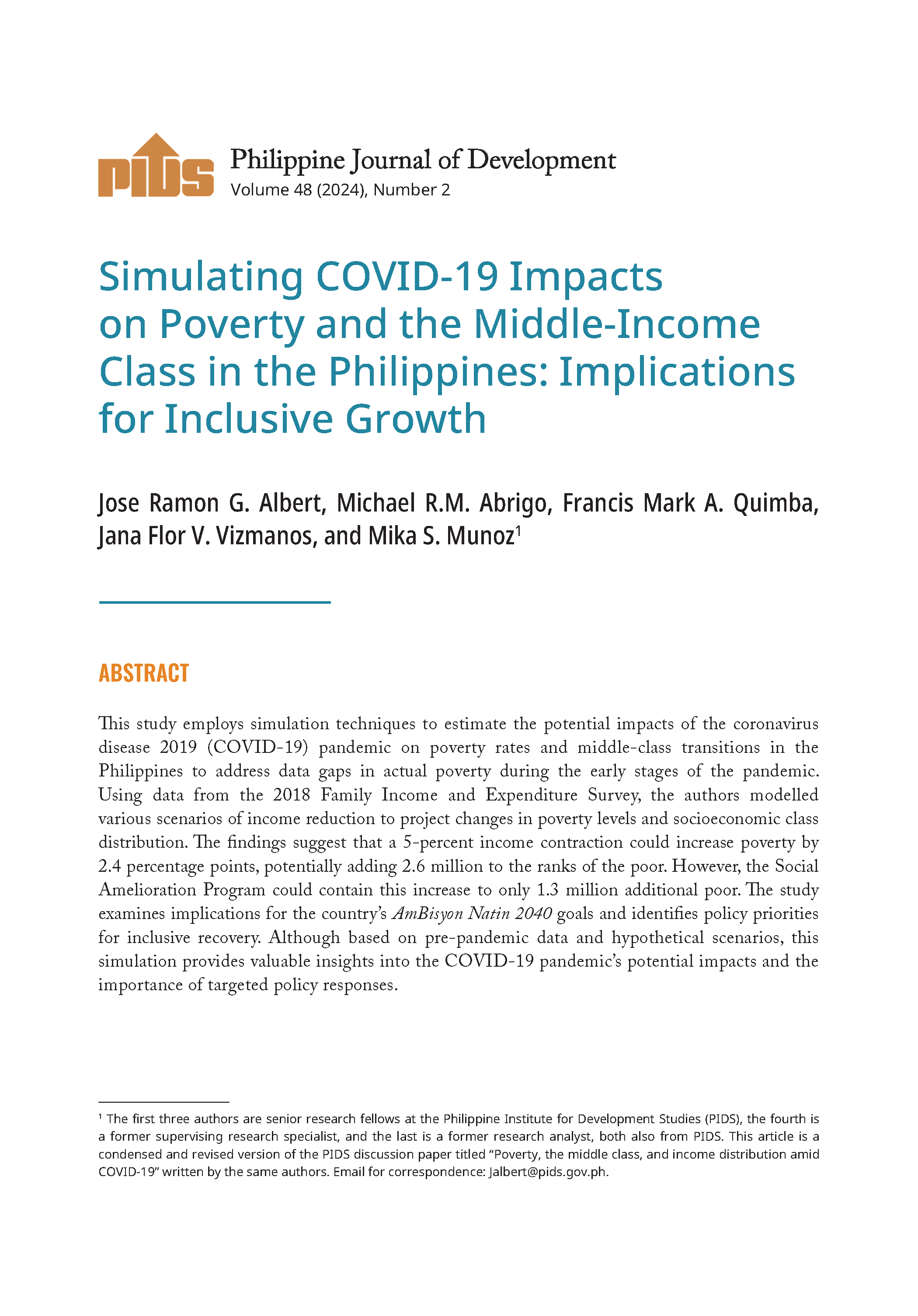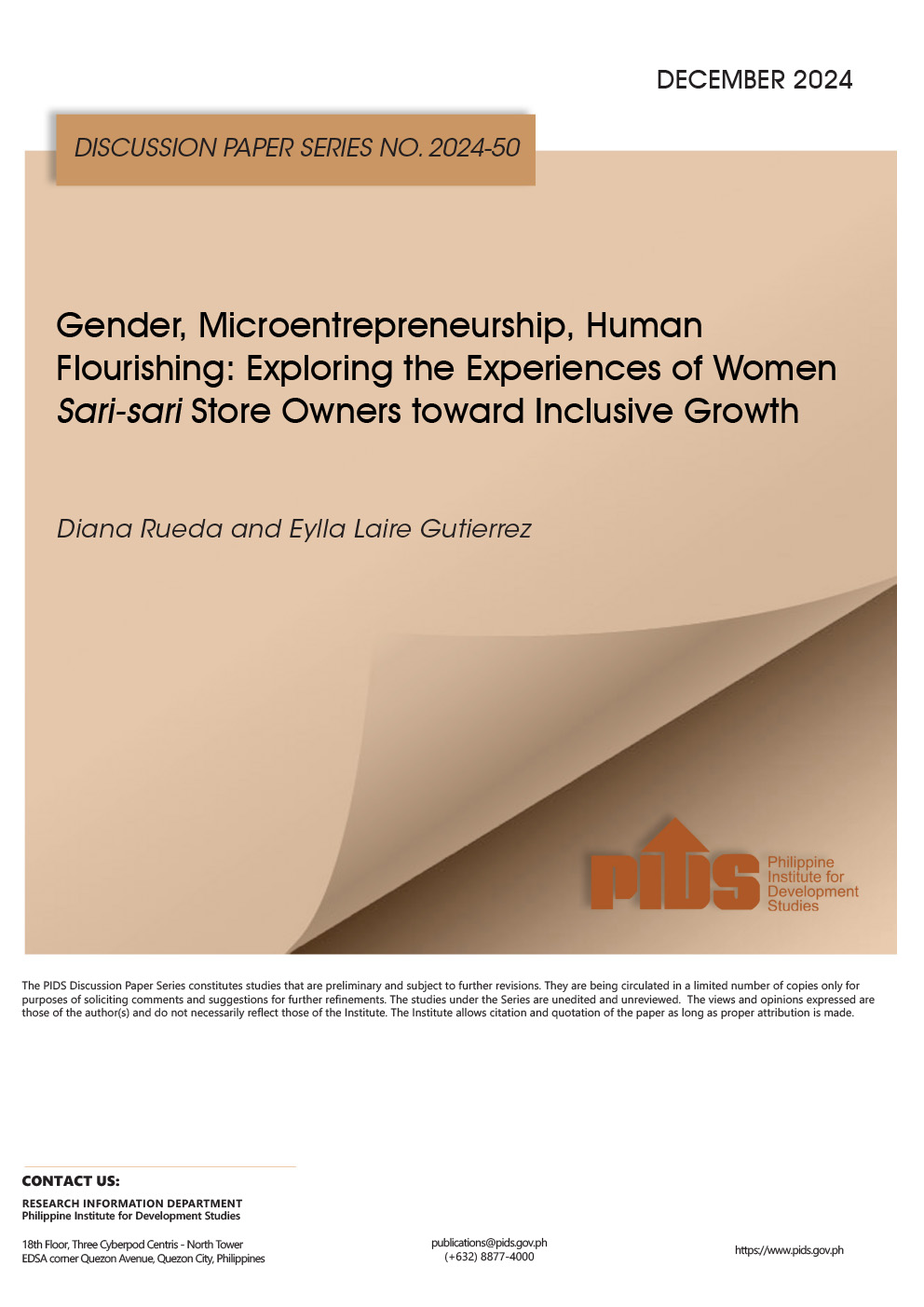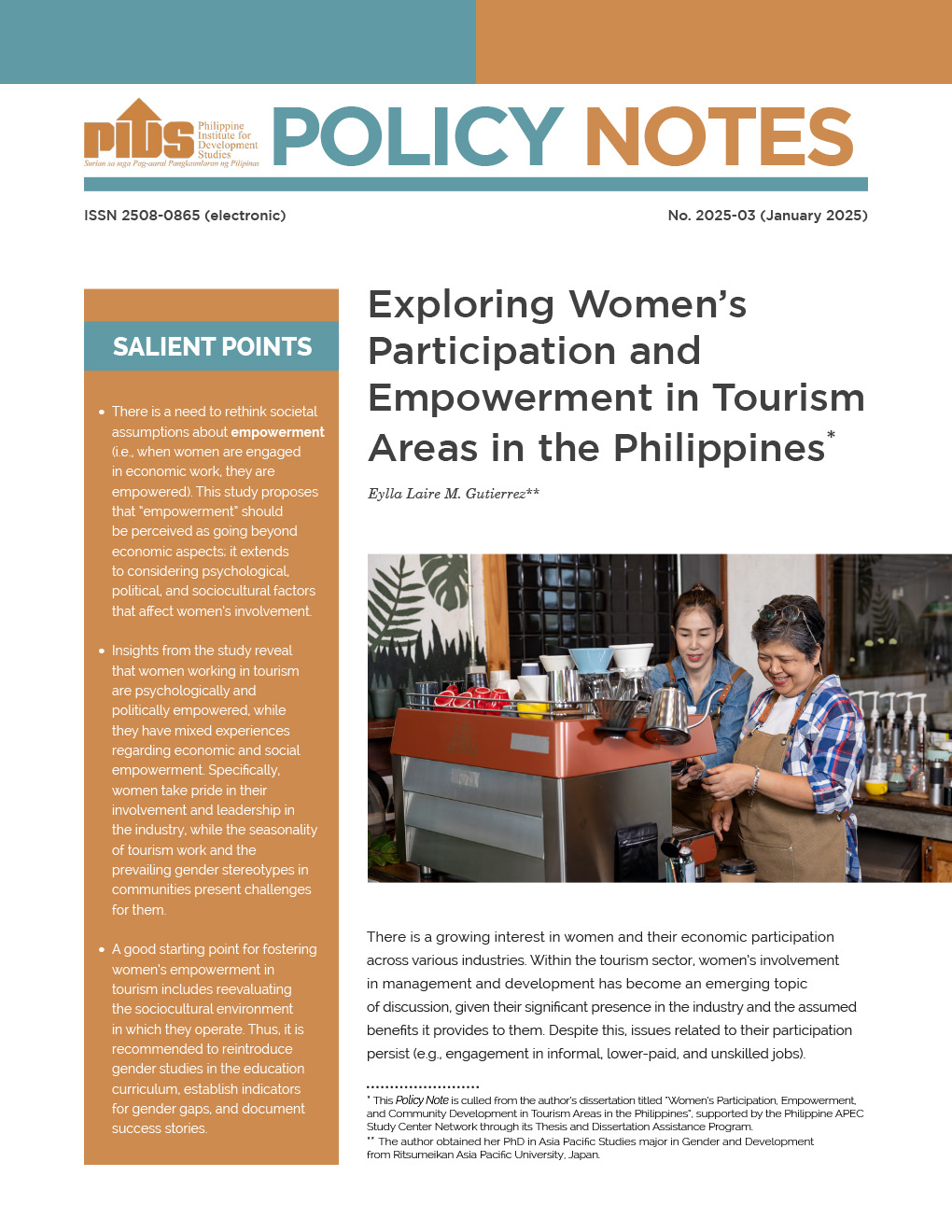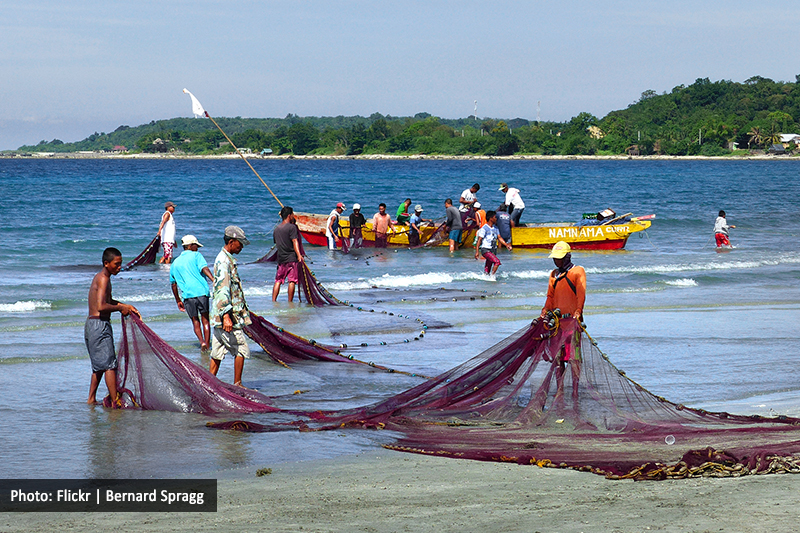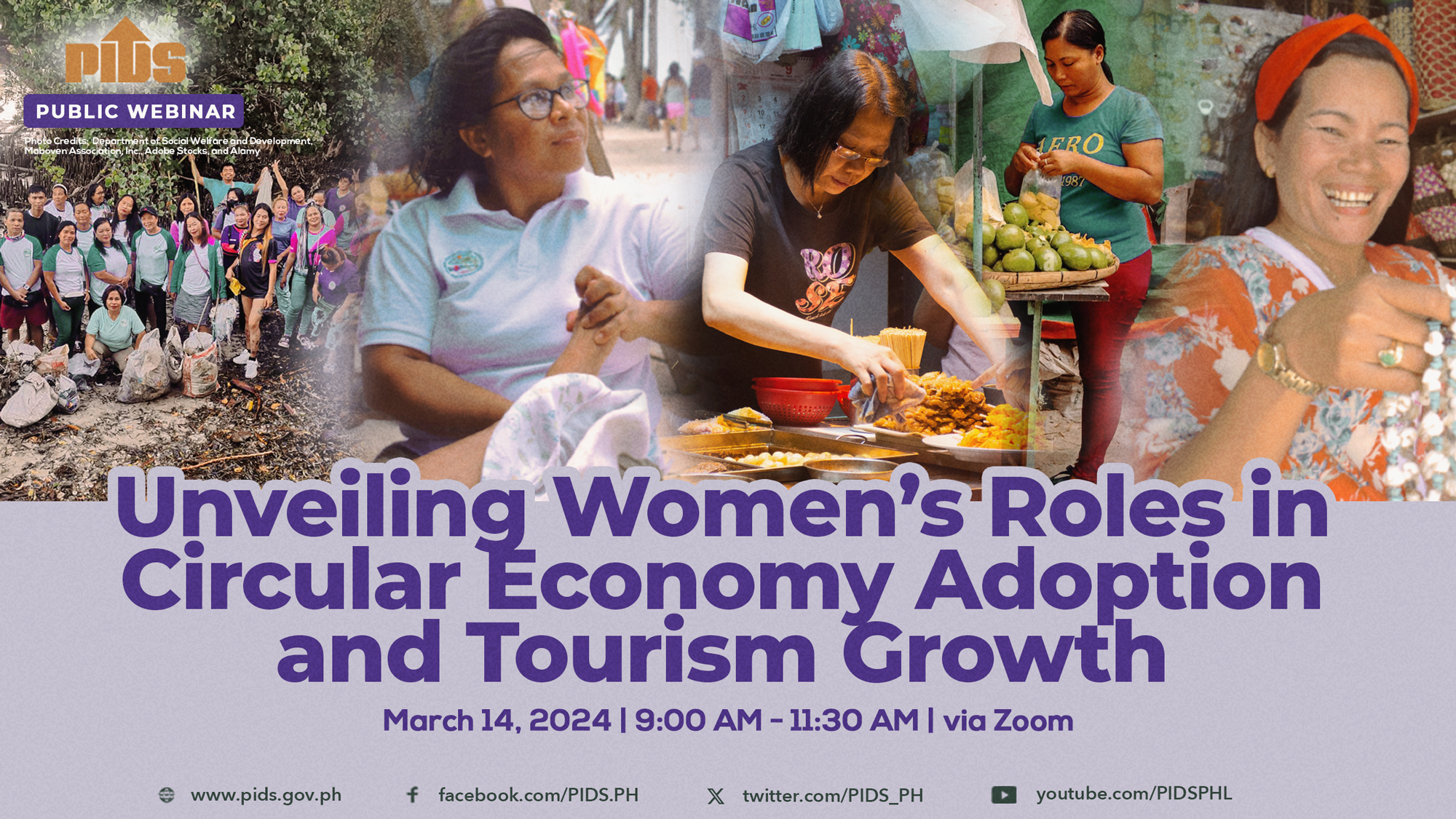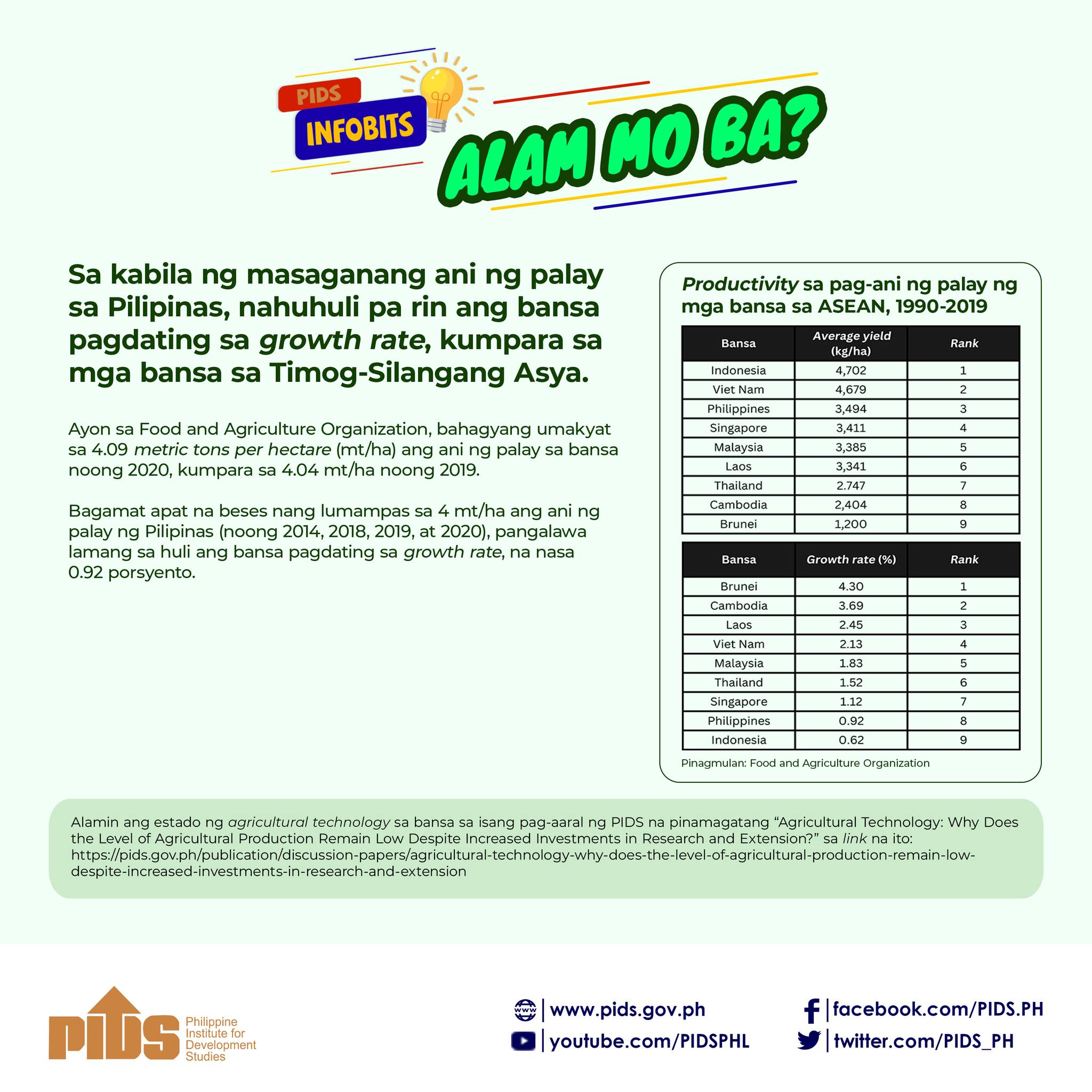Metro Manila (CNN Philippines, December 30) — The Department of Agriculture is targeting a 2.5% growth next year through further integration of technology in agriculture to improve production, connectivity, and delivery of service to beneficiaries.
"For 2021, we target to attain a conservative 2.5% growth," the DA said in its yearend report. It added this will be achieved through "transformation of the Philippine agriculture and fishery sector into a modernized and industrialized economic powerhouse."
Interventions include an upgraded implementation of 'Agriculture 4.0', or the fourth agricultural revolution that promotes the use of smart farming technologies. This will also include expansion of crop insurance and estimation of crop damages especially during typhoons.
The agency will also upscale its digital direct marketing platform e-Kadiwa through the inclusion of logistics component to be able to easily transport produce to urban markets.
In terms of infrastructure investments, programs that will help identify the needed structure in order to improve connectivity and trade in agriculture will be implemented. More agri-industrial business corridors, a project connecting farmers to resources like technology, capital, and value-adding facilities, will also be established.
There will also be strengthened implementation of farm clustering and consolidation to be able to converge interventions like loans, farm mechanization, seeds and fertilizers, and market support, the DA said.
As of September 2020, the agriculture sector recorded a slight contraction of 0.2% despite a 0.7% growth in third quarter.
For the whole year, the DA is expecting a 1% growth, slightly higher than 2019's 0.7% gain. This is despite the successive typhoons that hit the country in the last quarter, which mostly affected agricultural provinces. Typhoons Quinta, Ulysses, and Super Typhoon Rolly caused major damages in agriculture that reached around ₱12 billion.
Earlier this year, the eruption of Taal also caused billions of damage especially in Southern Luzon, not to mention the continuous battle to contain African Swine Fever that already caused the hog industry ₱56 billion since the start of the outbreak in 2019.
Assuming there would be economic recovery, Philippine Institute for Development Studies Research Fellow Roehlano Briones said this target is realistic.
"For 2021, everything depends on recovery of the rest of the economy. If economic growth is weak then we will see similar, 1% or below growth for next year," he told CNN Philippines. "If it does [recover], then that 2.5%, pwede iyan (that is possible)."
"For 2021, we target to attain a conservative 2.5% growth," the DA said in its yearend report. It added this will be achieved through "transformation of the Philippine agriculture and fishery sector into a modernized and industrialized economic powerhouse."
Interventions include an upgraded implementation of 'Agriculture 4.0', or the fourth agricultural revolution that promotes the use of smart farming technologies. This will also include expansion of crop insurance and estimation of crop damages especially during typhoons.
The agency will also upscale its digital direct marketing platform e-Kadiwa through the inclusion of logistics component to be able to easily transport produce to urban markets.
In terms of infrastructure investments, programs that will help identify the needed structure in order to improve connectivity and trade in agriculture will be implemented. More agri-industrial business corridors, a project connecting farmers to resources like technology, capital, and value-adding facilities, will also be established.
There will also be strengthened implementation of farm clustering and consolidation to be able to converge interventions like loans, farm mechanization, seeds and fertilizers, and market support, the DA said.
As of September 2020, the agriculture sector recorded a slight contraction of 0.2% despite a 0.7% growth in third quarter.
For the whole year, the DA is expecting a 1% growth, slightly higher than 2019's 0.7% gain. This is despite the successive typhoons that hit the country in the last quarter, which mostly affected agricultural provinces. Typhoons Quinta, Ulysses, and Super Typhoon Rolly caused major damages in agriculture that reached around ₱12 billion.
Earlier this year, the eruption of Taal also caused billions of damage especially in Southern Luzon, not to mention the continuous battle to contain African Swine Fever that already caused the hog industry ₱56 billion since the start of the outbreak in 2019.
Assuming there would be economic recovery, Philippine Institute for Development Studies Research Fellow Roehlano Briones said this target is realistic.
"For 2021, everything depends on recovery of the rest of the economy. If economic growth is weak then we will see similar, 1% or below growth for next year," he told CNN Philippines. "If it does [recover], then that 2.5%, pwede iyan (that is possible)."

